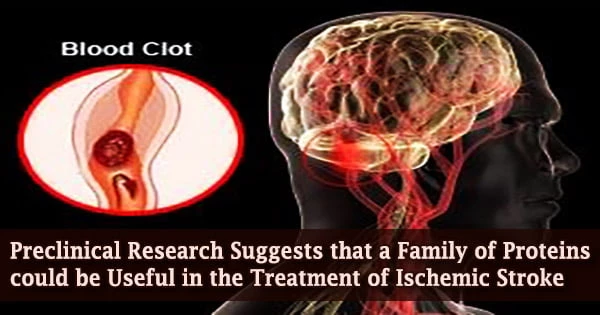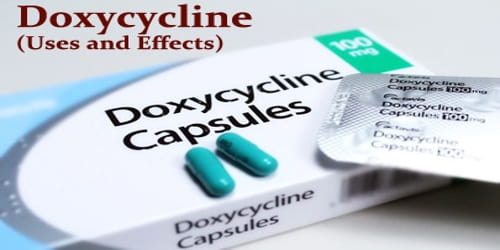According to preclinical researchers at The University of Texas Health Science Center at Houston (UTHealth), boosting a family of naturally occurring proteins that dampens inflammation in the body has been proven to be helpful in lowering damage from an ischemic stroke.
The class of structurally related proteins known as inter-alpha inhibitor proteins (IAIP) has a wide anti-inflammatory effect and is produced mostly in the liver and found in high amounts in the plasma. The Journal of Clinical Investigation published the study today.
“By extensively testing for a neuroprotective role of IAIPs in stroke, we found that IAIPs offer remarkable neuroprotection and could potentially represent an important, novel treatment for ischemic stroke,” said Venugopal Reddy Venna, Ph.D., senior author of the report and an assistant professor in the Department of Neurology at McGovern Medical School at UTHealth.
“To test the clinical relevance of these proteins, we first studied for changes of IAIP using blood and brain samples from stroke patients. Next, to study the role of these IAIPs, we performed experiments in mice, using clinically relevant stroke models to mimic the most common strokes seen in patients. Finally, we used genetically engineered mice in which a receptor for complement activation is deleted to identify the mechanism of action of this family of blood-derived proteins.”
In the United States, stroke is the top cause of long-term adult disability and the sixth largest cause of death. A blockage in an artery supplying blood to the brain causes ischemic strokes, which account for 80 percent to 85 percent of all strokes. The blockage lowers blood flow and oxygen to the brain, causing brain cell damage or death.
By extensively testing for a neuroprotective role of IAIPs in stroke, we found that IAIPs offer remarkable neuroprotection and could potentially represent an important, novel treatment for ischemic stroke.
Venugopal Reddy Venna
Intravenous tissue plasminogen activator (tPA), which dissolves clots, is the most common treatment for ischemic stroke. The American Heart Association (AHA) and the American Stroke Association (ASA) published guidelines in 2018 stating that tPA is most beneficial when administered within four and a half hours after the onset of a stroke. It must be administered within five hours of the onset of the stroke.
The researchers discovered that after a stroke, naturally occurring levels of IAIP in mice and humans plummeted. They also discovered that giving mice additional pure IAIP after an ischemic stroke reduced the size of the injured area and lowered brain swelling.
Importantly, even when IAIP was given 4.5 hours after the ischemic stroke began, it reduced the size of the damaged area and improved functional recovery.
Clots can be removed surgically if tPA does not work. Up to 24 hours after the onset of stroke symptoms, mechanical clot removal can be undertaken. To avoid future clots, long-term treatments include aspirin (Bayer) or an anticoagulant.
Furthermore, treating the mice six hours to nine days following a stroke (known as “extended delayed treatment”) resulted in less brain atrophy and enhanced long-term recovery.
For ineligible individuals with a large vessel occlusion or LVO, an endovascular operation, or mechanical thrombectomy is a strongly suggested option for removing a clot.
A wire-cage device known as a stent retriever is used in this treatment. They put a catheter through an artery in the groin all the way to the brain’s occluded artery. The clot is caught by the stent as it opens. The clot may potentially be removed using special suction tubes.
In mice, IAIP was most successful when administered in conjunction with tissue plasminogen activator (t-PA), which is presently the sole FDA-approved medication for the treatment of acute ischemic strokes.
When compared to t-PA alone, the combination considerably reduced the size of the injured area in the brain and reduced brain hemorrhage. According to the authors, these proteins could be a potential therapy option for stroke victims.
To restore motor skills and coordination, rehabilitation is frequently required. Other types of therapy, such as occupational, physical, and speech therapy, may be beneficial in regaining lost functions. Younger persons and those who improve rapidly are more likely to regain function.
















